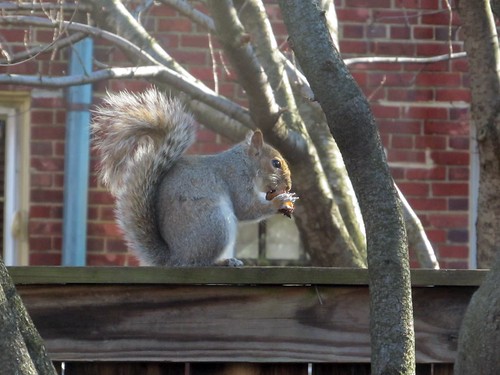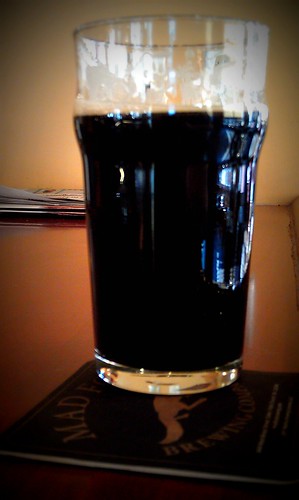I trod upon my carpet of gold,While the reds, the browns, and the enduring greensBespeckle the pathway beneath my feet,Casting autumn's prism in all its glory.—Verse by Genovaite Ambraziejus Cizauskas, my mother.
Tonight, at 10:29 PM Eastern Daylight Time (2:29 Universal Time), it will be the exact moment at which the Autumnal (or September) Equinox will occur. And, at that moment, autumn will have begun (or spring, in the southern hemisphere).
At the instant of the September equinox, the midday sun will be shining straight overhead at the equator. As the September equinox sun crosses the equator, going from north to south, it’ll signal the beginning of autumn in the Northern Hemisphere and spring in the Southern Hemisphere. On the day of the equinox, the sun rises due east and sets due west all over the world, with everyone worldwide receiving the same amount of day and night. By October, however, that’ll change dramatically. By then, the sun will rise noticeably south of due east and will set noticeably south of due west. That’ll mean shorter days and longer nights for the Northern Hemisphere, yet longer days and shorter nights in the Southern Hemisphere.—EarthSky
Why do leaves change color in autumn?
As the autumn days grow shorter, the reduced light triggers chemical changes in deciduous plants causing a corky wall to form between the twig and the leaf stalk. This "abscission layer" eventually causes the leaf to drop off in the breeze. As the corky cells multiply, they seal off the vessels that supply the leaf with nutrients and water and also block the exit vessels, trapping simple sugars in the leaves. The combination of reduced light, lack of nutrients, and no water add up to the death of the pigment chlorophyll, the "green" in leaves.—The Farmer's Almanac
Once the green is gone, two other pigments show their bright faces. These pigments, carotene (yellow) and anthocyanin (red), exist in the leaf all summer but are masked by the chlorophyll. (The browns in autumn leaves are the result of tannin, a chemical that exists in many leaves, especially oaks.)
Sugar trapped in autumn leaves by the abscission layer is largely responsible for the vivid color. Some additional anthocyanins are also manufactured by sunlight acting on the trapped sugar. This is why the foliage is so sparkling after several bright fall days and more pastel during rainy spells. In general, a set growing season followed by a dry autumn filled with sunny days and cool, frostless nights produces the most vibrant palette of fall colors.
***************
The season for beer
How does this all apply to a blog about good fermentables? Maybe it doesn't. But I'd like to think that the colors of autumn —yellow, red, auburn, brown, black— are indeed the colors of beer.I remember, unfondly, a late September day, several years ago, when I was flogging small brewery imports in Annapolis, Maryland. A manager of a certain 'high-end' wine-and-beer shop dismissed my sales call. She would not be interested in any more beer for the fall, she informed me, because she could only sell beer in the summer. That she said that to me while standing amidst a stack of Miller Lite.
Please don't tell her about the late summer hop harvest and its accompanying true autumn seasonal, deep golden 'fresh-hopped' beers. Don't tell her about amber-hued Oktoberfest and Märzens. Or about beers mashed with gourds and spiced with cinnamon. And, please, do not tell her about deep auburn German doppelbocks and Belgian dubbels, or copper English barleywines, or jet-black Russian Imperial Stouts. No! Please reserve more of those for the rest of us.
Ah, but, please! Don't tell her about football and beer.
Welcome, autumn. Welcome the season for beer.











No comments:
Post a Comment
Comment here ...